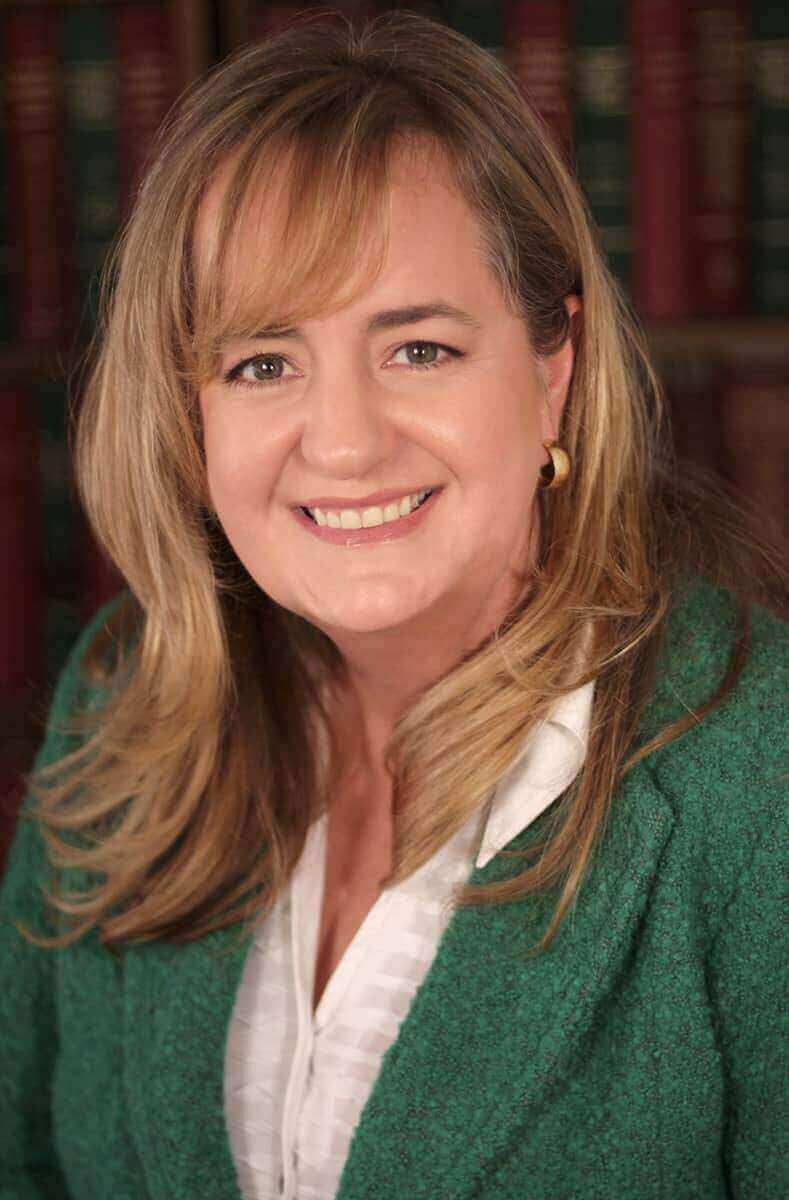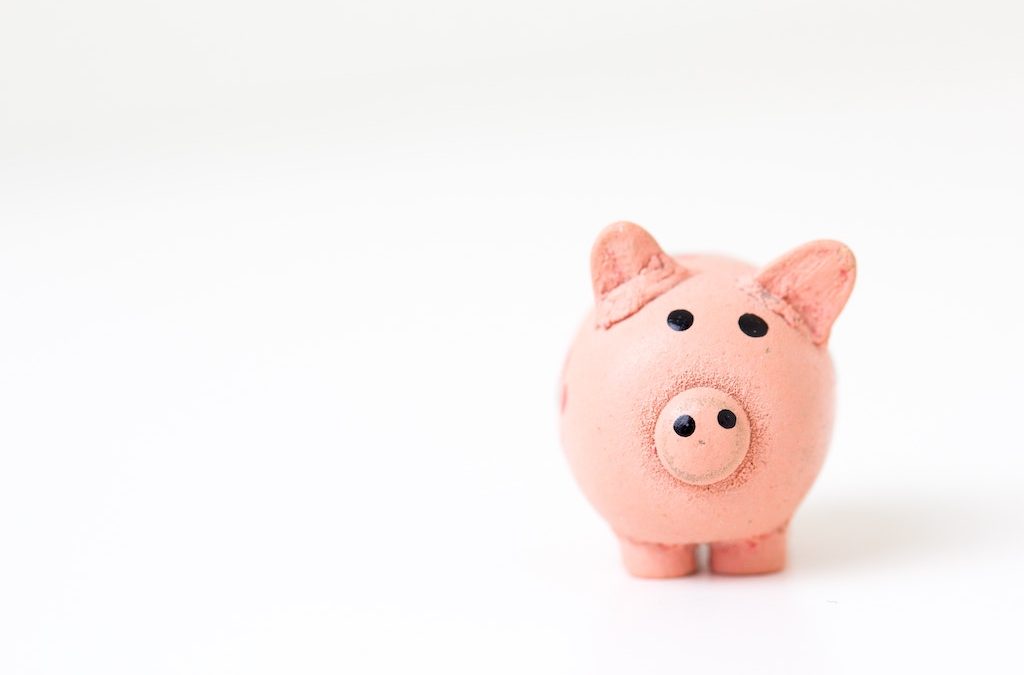Buy and Hold forever? Or not…
This week I want to share a story from my portfolio.
I bought a duplex in 2015 for $120,000 in the Miami, Ft. Lauderdale, in an area called Hollywood.
The property needed fixing and rents were low. Yes! As some of you know I am a value buyer and so this is exactly the kind of deal I look for.
The tenant in side 1, had been renting for many years and did not want to have her place fixed (probably fearing her rent would increase). Her rent was only $800 for a 2-bedroom unit that could rent for $1050. The other side of the duplex, side 2, was rented for the $1150.
While it was producing good cash flow at the time I bought it, $1950 total, it could have produced more, $2300.
Some months were good cash flow, some would breakeven, some we had a little loss.
In late 2018, I decided to sell this duplex (one of six that I bought from the same seller all around the same time).
Why suddenly think of selling? The tenant who never wanted to let us in was put in a home and her unit was now vacant.
When we got inside, no surprise, it was a total gut. My manager got quotes on repairs and found they would be between $16-18,000. Since I’d already investing $7000 in repairs, I had a choice to make, do I spend more money fixing it up to get $350 more in rent, or do I sell?
My down payment on ALL 6 duplexes total was $180,000 plus closing costs – Selling would be a way to get most of our initial investment back while making the cash on cash return even stronger.
If you have $50,000 invested in properties that now have $950,000 in equity OR $2500 in cash flow that’s a strong return, even stronger than when I had $180,000 invested.
After weighing all the options and cost benefits it seemed that repairing would take me 4 years just to break even ($18,000 / $350 increase in rent = 51 months = 4.2 years to recoup).
The market value of the duplex was somewhere around $215,000 not fixed up and $260,000 fixed up.
If I were to put another $18,000 into property, I would only gain $27,000 more in equity. Good but not great. I made up my mind, selling “as is” made sense.
When you are calculating your return, you not only count the cash flow you get but the pop in value “cash” that you get at closing.
For example, in years 1-3 I got $200 per month in cash flow but in year 4 I got $100,000 profit. When adding that in, it changes the return. Calculating this is called the IRR or internal rate of return. A so-so deal looks great!
As an investor you also must think of the opportunity cost: while I have all this equity in this building instead of in cash, I am missing out on good maybe great deals because I am not liquid.
What about taxes on a sale?
Because I had a loss from a few years ago (long story) I was able to offset 70% of the gain. And the “loss” on a note that I bought also offsets the gain. Therefore, I do not have to do a 1031 exchange the approx. $100,000 gain is offset with losses so it’s tax free.
If you want to learn more details of how this works, or learn more about investing, investing out of state, investing in notes, what is an IRR, should you sell a property, how to save on income taxes, please check out the www.mycashflowacademy.com, attend the TUSD Real Estate Investing Mastermind on April 4th, or contact me for your free 30-minute consultation in person or by web meeting.


